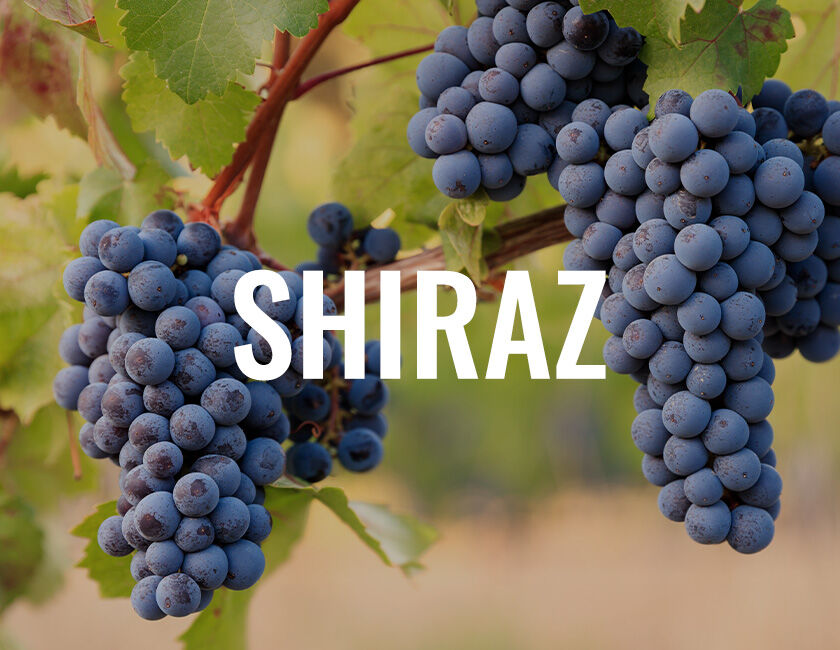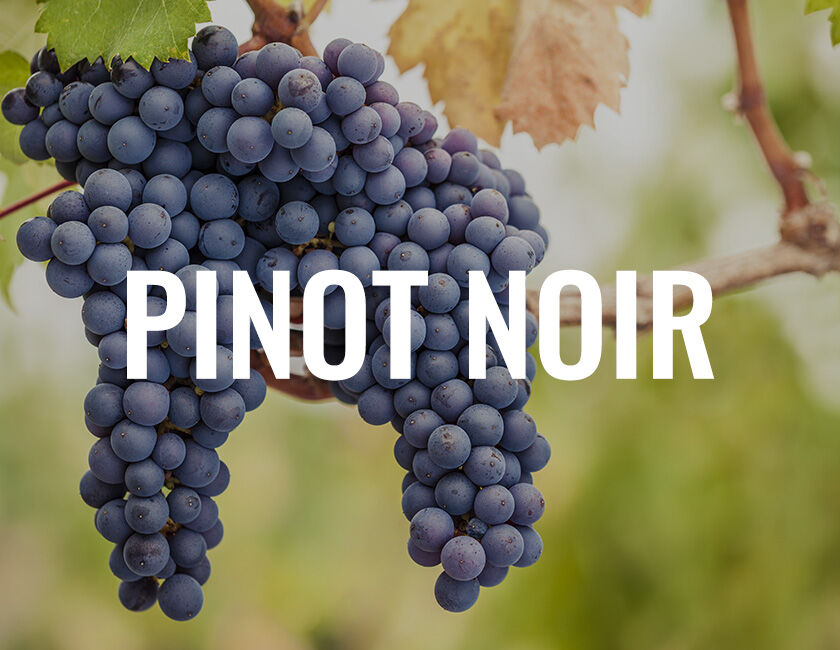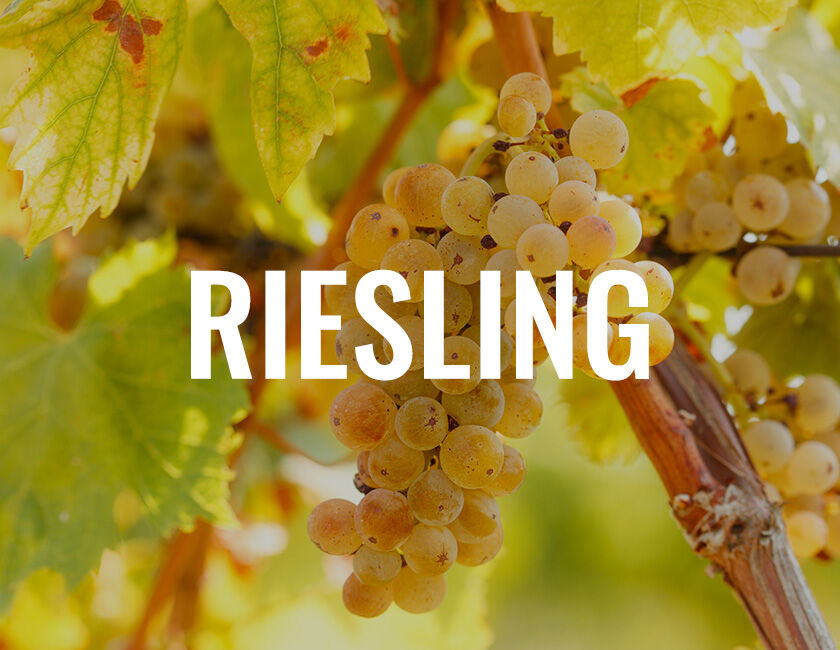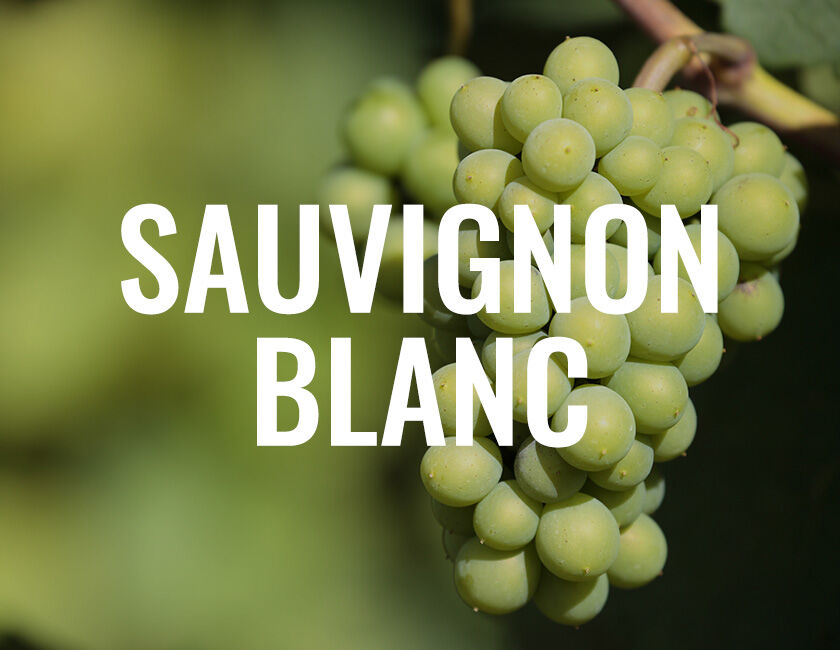Complimentary Standard Shipping on all orders*
Current Special Offers
Invite three friends for a bonus bottle
Our 'Member Get Member' is back!
Invite friends to join CellarDoor.co and score a Bonus Bottle of St Peters Shiraz* (redeemable on orders $50 and over). They must accept in April to qualify. And, to sweeten the deal, they’ll also receive a $20 Welcome Voucher*.
*Promotion starts at 12.01 am AEDT Friday 5th April 2024 and ends at 11.59 pm AEDT Tuesday 30th April 2024. Refer new members online website during Promotional Period. Members who have invited 3 or more new members (who successfully register a CellarDoor.co account before the Promotional Period ends) will receive a bonus bottle which can be redeemed on orders $50 or more. Members who qualify for bonus bottle will receive notification via email. The bonus bottle offer is valid for 30 days.
Just For You















